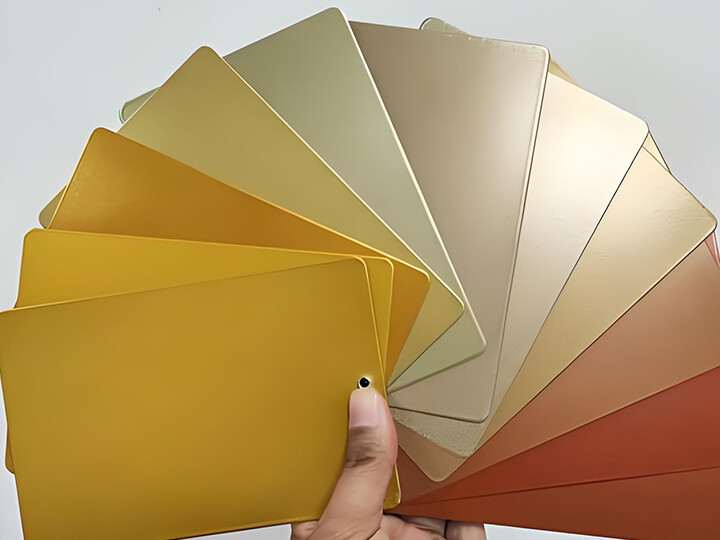Pearl pigments, with their unique metallic luster and color-shifting effects, have become a game-changer in the powder coating industry. However, improper use can lead to issues like mottling, color deviation, and poor weather resistance. Here are the top 10 guidelines to help you master the application of pearl pigments.

1. Material Selection: Choose the Right Type for Your Application
Technical Deep Dive:
Base Material Comparison Table
Industry Recommendations: For automotive applications, opt for Merck’s Iriodin® high-temperature series. For home appliances, BASF’s Paliocrom® golden series is highly recommended.
2. Dispersion Process: Control Fragility for Optimal Results
Process Optimization:
Equipment Selection Matrix
Practical Tip: Use the "resin encapsulation method"—pre-mix 30% resin with pearl pigments at low speed for 5 minutes, then add the remaining ingredients in batches.
3. Formula Compatibility: Avoid Hidden Chemical Reactions
Risk Mitigation:
Resin Compatibility Chart
Testing Method: Mix pigment and resin at a 1:5 ratio and store at 80°C for 48 hours. Check for flocculation or discoloration.
4. Orientation Control: Master Electrostatic Spraying Parameters
Optimal Spraying Parameters:
Equipment Settings
▶ Voltage Gradient: 60kV (base layer) → 75kV (effect layer)
▶ Spray Gun Distance: 20cm (flat surfaces) → 15cm (complex structures)
▶ Atomization Pressure: 0.4-0.6 bar (avoid airflow disturbance)
▶ Film Thickness Gradient: Base layer 50μm → Pearl layer 30μm
Case Study: An electric vehicle manufacturer experienced a 23% rework rate due to "zebra stripes" caused by 90kV over-spraying.
5. Batch Stability: Moisture Control is Critical
Humidity Management System:
Moisture Control Protocol
Raw Material Storage: 25°C±2°C, humidity ≤30% (equipped with molecular sieve dehumidifiers)
Mixing Room: Localized dry hood (dew point ≤-40°C)
Production: Use opened pigments within 4 hours
Reclaimed Powder: Secondary drying at 80°C for 4 hours
Testing Standard: Follow ISO 787-2, using Karl Fischer titration to ensure moisture content ≤0.3%.
6. Mixing Precautions: Avoid Metal Powder Pitfalls
Optimized Formulations:
Recommended Combinations
7. Weather Resistance: The Ultimate Test for Outdoor Use
Durability Optimization:
Accelerated Aging Test Data
Recommended Products: For outdoor applications, choose Merck’s Xirallic® series with full inorganic coatings.
8. Coating Thickness: Micron-Level Precision
Film Thickness Management:
Flow Test Data
9. Reclaimed Powder Management: Ensure Color Consistency
Reclaimed Powder Guidelines:
Usage Ratios and Effects
10. Inspection Blind Spots: Multi-Angle Light Verification
Inspection Optimization:
Multi-Angle Spectrophotometer Parameters
▶ Observation Angles: 25° (highlight), 45° (mid-angle), 75° (side light)
▶ Light Source: D65 standard illuminant
▶ Color Tolerance: ΔE ≤1.0 (indoor), ΔE ≤1.5 (outdoor)
Conclusion: Build a Digital Quality Control System
Implement an MES (Manufacturing Execution System) to monitor key parameters in real-time:
Pigment dispersion (laser particle size analyzer)
Spraying voltage (digital high-voltage generator logs)
Film thickness uniformity (beta-ray thickness gauge)
Color deviation ΔE (multi-angle spectrophotometer)
By establishing a Process Window through data modeling, you can transform the "artistic expression" of pearl pigments into a "precision engineering" process.
By clicking 'Allow All', you agree to the storage of cookies on your device to enhance site navigation, analyze site usage and assist with our marketing efforts.